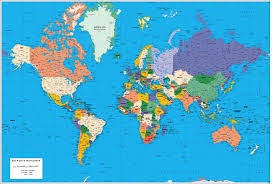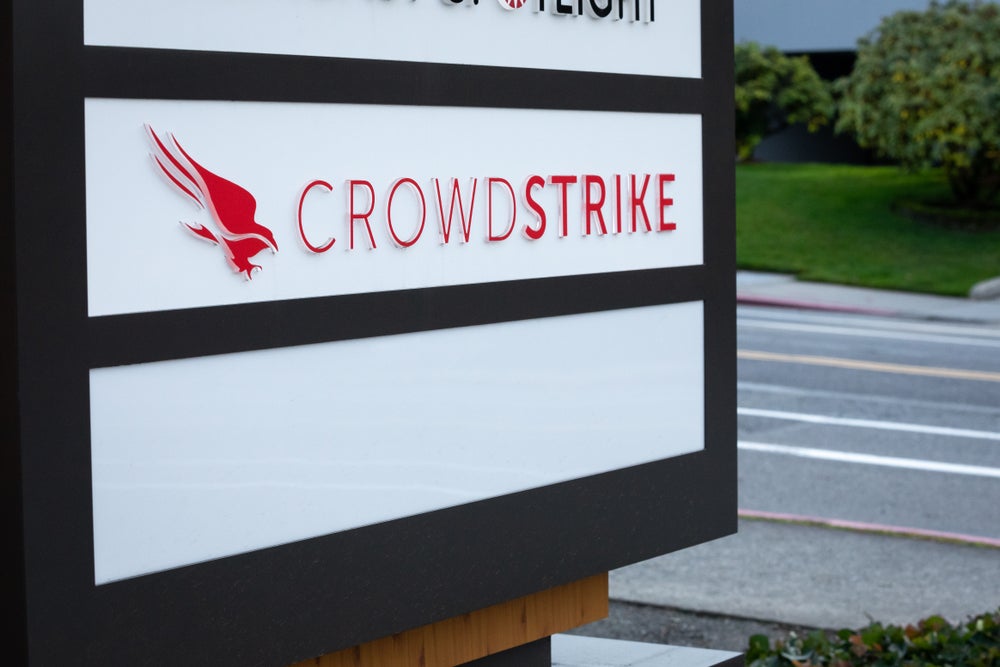
Two-thirds of respondents expect life and health insurance sales to rise in 2016, according to the Life Insurance International (LII) December reader survey.
One-third expect sales to increase substantially, and one-third told LII they expect sales to increase somewhat.
The remainder of respondents said they expect life and health insurance sales to fall somewhat.
Asked what channels they expect to drive consumer engagement with life and health insurance in 2016, the result was evenly split, with 50% of those executives surveyed pointing to brokers / agents and remaining half opting for the direct to consumer (D2C) channel.
Speaking to LII, Steve Casey, head of marketing and propositions at AIG Life, expects to see more providers, certainly in the UK looking at that later-life market as an untapped market during 2016 as an opportunity to bring new products to the market.
Casey says AIG Life recently launched a whole-of-life product designed specifically for the later-life market, which effectively has a care option.
Casey says: "I can see others developing that concept [for the later-life market] further; we’re in a very embryonic market at this moment in time, a relatively untapped market, and given the care commission recommendations are not going to come in until 2020 at the earliest, people have got to start making provision really, so I can see that market developing with ourselves working around that."
How well do you really know your competitors?
Access the most comprehensive Company Profiles on the market, powered by GlobalData. Save hours of research. Gain competitive edge.

Thank you!
Your download email will arrive shortly
Not ready to buy yet? Download a free sample
We are confident about the unique quality of our Company Profiles. However, we want you to make the most beneficial decision for your business, so we offer a free sample that you can download by submitting the below form
By GlobalData
Asked what product / distribution trends can be expect in the UK life and health insurance industry in 2016, David Wells, senior product manager at UK online life insurance provider, Beagle Street, says: "I think we will see an increased focus on the development of improved online solutions as we move into 2016.
This sector has lagged well behind other product lines and even further behind customer expectations for online fulfilment. I think there is a desire for better information and online advice tools, to help the self-directed customer firstly determine what cover they need and secondly complete the purchase in a time-efficient manner."
Wells adds: "We will continue to see price play an important part in the decision making process, particularly when customers engage with price comparison sites (as the name would suggest!). I think the distribution landscape will continue to move from face to face to phone and online transactions as the protection adviser population continues to shrink and customers have a desire to stay in control of their purchasing decisions."
In terms of digital and technological changes, Wells says customers are moving away from PCs and wanting to quote and transact business on tablets and mobile devices; with less than 50% of quotes now being completed on a PC.
Meanwhile, Paul Yates, product strategy director at iPipeline, says rather than having one product that meets everyone’s needs, there is a focus in the market now on gearing products for specific needs, such as the direct to consumer (D2C) space.
Yates says: "We’re going to see life companies and reinsurance as well, starting to really, really focus in on D2C a lot more and work out how to really solve the problem of the very low conversion rate."
Mark Hug, executive vice president, product and marketing, Prudential Individual Life Insurance, tells Life Insurance International there are 3 trends impacting the US life insurance industry:
1. Positive consumerism which involves the need for simplicity, speed and convenience
2. A continued environment of low interest rates
3. The fact that people are living longer and are viewing life insurance differently
Hug explains these trends are particularly characterized by the millennials, which is the largest demographic population we have in the US.
He says one of the trends during 2016 in the US will be to make it easier to buy life insurance with a focus on a much faster underwriting process than in the past.
In 2016, he says providers are going to look to simplify products in a way that has greater appeal for consumers. This will also involve using mobile and digital vehicles to provide and access information.
Along with the fact people are living longer, Hug says chronic illness riders in the US that provide a living benefit are generating interest and will continue to be enhanced and improved.
Hug says: "With lower interest rates, companies are focusing on products that are less dependent on interest rates and more tied to other financial instruments to try and generate that investment fuel every life insurance product needs.
"The extent to which the indexed product arena has grown is a good example of this trend. Indexed products are where the investment is usually tied to an underlying equity investment, such as the S&P."
Bob Kerzner, president and CEO of LIMRA
"One of the things I think will impact most in 2016 is the high-level discussions around disruption. US life company executives at a senior level are focusing a lot on what could disrupt or disintermediate them.
"This is forcing a lot of change and driving innovation. For example, companies are beginning to take dramatic steps at looking at alternate distribution. They are looking for additional ways to go direct to consumers.
"Another thing that is top of mind for many executives is the demographic shifts in the U.S. and ramifications of these shifts.
"There is the obvious increase in the Latino and Asian populations. But with the retiree population doubling by 2040, there will be a massive shift of wealth in the U.S. How Boomers and subsequent retirees invest and spend their assets is likely to change as fewer people have access to defined benefits plans.
"Retirement security is a growing concern for all generations. LIMRA Secure Retirement Institute research shows is that 75% even of Gen x and y put retirement security as their number one objective.
"At the same time, life insurance ownership [in the US] at a record low. Only 44% of American households own individual life insurance and half of American households say they need more life insurance.
"How will the industry – especially with the younger generation – have to alter distribution?
"We are seeing more experimentation: One carrier has created a separate company to just to appeal to online buyers. Other companies have launched programs to engage new customers through partnering with affinity organizations (like Costco and AARP) and still others are using banks to engage younger consumers – which our research has uncovered as an opportunity. "
India 2016 outlook
P Narasimha Murthy, a chartered insurer and life insurance and reinsurance specialist, says India’s society has not been able to recognise insurance as an important protection tool in India and awareness of insurance programmes are "still at abysmally lower levels".
Murthy says: "Recently there is a favourable trend that micro insurance products are launched. But there needs a concentrated effort in targeting this segment. Many NGOs are working in this direction which is a favourable trend.
He adds that the operational cost of insurance in India is still considerably high. Murthy says: "There is a genuine need to revisit this area to make operations more flexible and adaptable. A favourable trend in this area is Indian technology entities are working on building admin platforms which can be used effectively in containing cost. There are opportunities in building flexible risk management, underwriting, actuarial pricing and valuation, and claims management modules.





